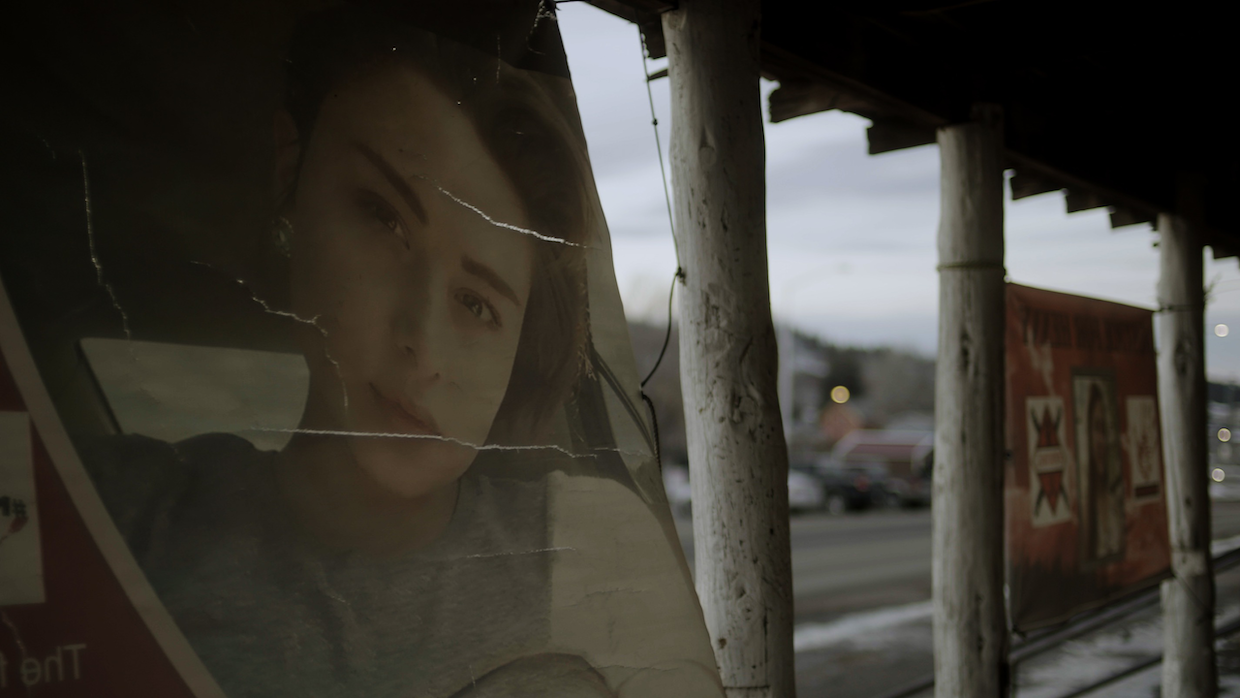 Back to selection
Back to selection
“Figuring Out How and When to Peel Back the Layers of the Story Was Crucial”: Editor David Mehlman on Murder in Big Horn
 Murder in Big Horn, courtesy of Sundance Institute.
Murder in Big Horn, courtesy of Sundance Institute. The epidemic of Missing and Murdered Indigenous Women (MMIW) in Montana’s Big Horn County and its surrounding areas is the focus of the doc Murder in Big Horn from directors Razelle Benally and Matthew Galkin. With dozens of young women and girls from Crow and Northern Cheyenne Nations having gone missing over the past decade, the filmmakers utilize interviews with grieving loved ones, Native journalists and local law enforcement to try and understand the circumstances surrounding these tragic cold cases.
Editor David Mehlman talks about cutting the three-part docuseries, including his longstanding collaboration with much of the team involved.
See all responses to our annual Sundance editor interviews here.
Filmmaker: How and why did you wind up being the editor of your film? What were the factors and attributes that led to your being hired for this job?
Mehlman: Many of the team on Murder in Big Horn are long-time collaborators with whom I’ve made a variety of documentary film and television projects. It’s a given that everyone has to be able to perform their role well, but I think the trust we’ve built over the years, a strong collaborative sensibility, and a serious work ethic are important contributing factors. Also thick skin—you have to be willing to take creative risks that sometimes work and win people over…but sometimes don’t. That’s when editors need to take criticism without feeling hurt, and focus on creative solutions.
Filmmaker: In terms of advancing your film from its earliest assembly to your final cut, what were goals as an editor? What elements of the film did you want to enhance, or preserve, or tease out or totally reshape?
Mehlman: My primary goal is to tell an engaging, cinematic story, and with Murder in Big Horn which is told in three parts, figuring out how and when to peel back the layers of the story was crucial. There were many iterations before we locked in. There is deep injustice and pain in this story, so it was essential to do justice to the storytellers, victims and their families, as well as the Native community. All this had to be interwoven with history and context that most viewers would be experiencing for the first time, so there was teaching to do. But teaching and filmmaking don’t necessarily add up to a cinematic experience. Figuring that out is challenging but satisfying when you get there.
Filmmaker: How did you achieve these goals? What types of editing techniques, or processes, or feedback screenings allowed this work to occur?
Mehlman: You have to trust the process, and be patient. Dig into the footage and figure out what to do with your strongest material, and make the film (or episode or series) that comes from that. Sometimes your best intentions when conceiving and shooting have to evolve in the edit beyond your expectations. I think that we made a series that is in line with the heart of the original idea, but it looks different than anyone imagined. And it’s better for it—more original, more cinematic, more enlightening, more devastating and more hopeful. Collaboration is key.
Also, I have become increasingly obsessed with sound and its emotional impact.
Filmmaker: As an editor, how did you come up in the business, and what influences have affected your work?
Mehlman: I went to grad film school for documentary after writing and photographing and working as a carpenter, grip, art dept. and lots of other film-related jobs. I had phenomenal teachers and my classmates were talented, generous and supportive. I worked with some of them for years and little by little developed a network and a body of work. Other influences would be watching as many movies of all kinds that I could.
Filmmaker: What editing system did you use, and why?
Mehlman: Avid. I’ve used it for 25 years, although there were about 10 years where I went back and forth between Avid and Final Cut Pro—until they discontinued 7.
Filmmaker: What was the most difficult scene to cut and why? And how did you do it?
Mehlman: I can’t really pinpoint a scene, but the first hour of the series probably took up half of the editing schedule.
Filmmaker: Finally, now that the process is over, what new meanings has the film taken on for you? What did you discover in the footage that you might not have seen initially, and how does your final understanding of the film differ from the understanding that you began with?
Mehlman: I learned so much from this project—about the subject matter, about history, about this particular injustice and tragedy. Also about editing and storytelling and the power of great cinematography. And I saw in action, again, that documentaries get made because of relationships—the ones directors and producers make with subjects, and the ones that we all make when physically creating a film.
